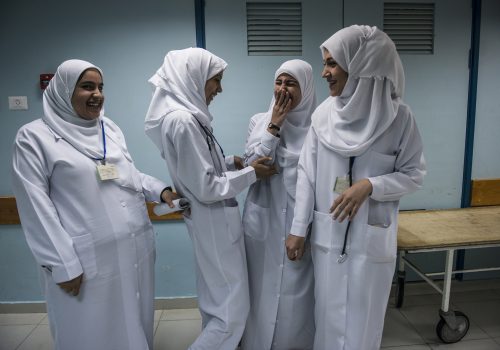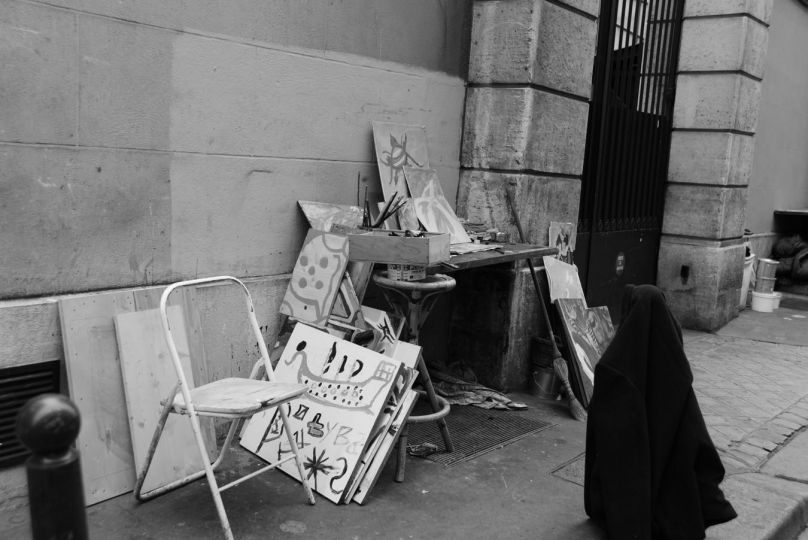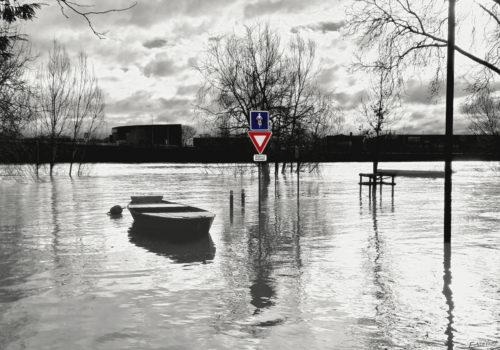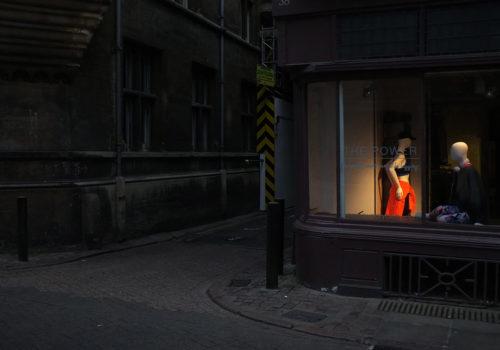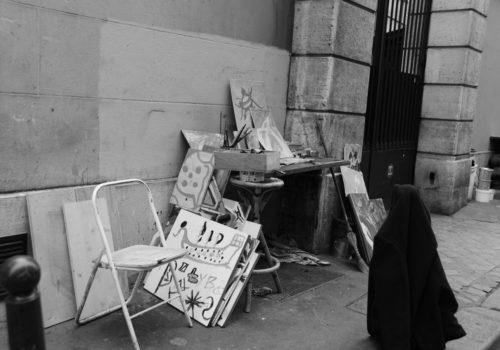Interview by Alison Stieven-Taylor
I met Monique Jaques a few years ago at Visa pour l’image, around the time she made her first trip to the Gaza Strip. On this occasion she was covering the eight-day war between Israel and Hamas. Jaques, a freelance photojournalist, is based in Istanbul. She struck me as a determined woman, passionate about telling stories that mattered. Not just stories that made the news headlines.
Since that first trip in 2013 Jaques has travelled to Gaza numerous times, pursuing a story that has not been told, that of the daily lives of Palestinian girls and young women.
Jaques says she was driven to document their “strength, creativity and vibrancy. I am awed and haunted by their tremendous resilience, even in the face of unimaginable adversity. I also see so much similarity between these teenaged girls and the teenaged girl I once was, despite our different circumstances”.
At the heart of social documentary photography lies the common understanding of what it means to be human. In the pages of Jaques’ book, Gaza Girls: Growing Up in the Gaza Strip, she captures those qualities, taking us beyond the stereotypical visage of Gaza as a war zone.
Jaques shows us how these young women are just girls, with the same hopes and dreams as others their age. Acknowledging their life is a backdrop of conflict and deprivation, one can only marvel at such spirit. Imagine the depth of the soul that can summon joy and laughter even in the most horrendous conditions.
She says, “I felt like this work was a necessary contribution to the discussion around Gaza, which is so often centred around violence, and their stories could be amplified through a book with their writings and images”.
“Gaza is a troubled land, and growing up there isn’t easy. It is a 45-square-mile district, isolated by towering concrete blast walls, reams of barbed wire and foreign soldiers who patrol its perimeters. After years of blockades and travel restrictions, the territory is isolated and shut off from the rest of the world. At night the never-ending buzz of drones lull you into a light sleep under their watchful din. If you stand on the beach you can see lights coming from Israel — a land that you will never be able to touch. Boundaries and surveillance define your existence. Families are tight and watchful. Many women say that in a place as small as Gaza it is impossible to be truly free.”
“Everyone you know is monitoring you — your brothers, cousins and neighbours. Everyone’s eyes are a camera, recording and judging your actions, possibly reporting them to your family. Due to spatial constraints in the Strip, multiple generations end up living in one building creating a tight knit micro-society. Add conservative Islam and bored family members looking to gossip to the mix and it creates tension and pressure for girls figuring out who they want to be.”
One of the aspects I enjoy most about this book is the inclusion of the girls’ writings, which gives further depth to the visual narrative and an original voice to the stories.
Doaa, a 27-year-old production assistant says, “I wish I could leave, even for one day, so I can go to a place where no one knows me.”
Concert singer Hadeel Fawzy Abushar, 25 dreams of performing “in Ramallah, a city in the West Bank.”
Champion surfers 14-year old Sabah Abu Ghanem, and her sister “surf the waves on the Gaza beach before attending school”. They’d love to compete outside of the Strip, but as Jaques reveals, “in order to leave and enter another country you must be searched, inspected by an airport-style scanner and most of all lucky. Exit permits and visas to neighbouring countries are hard to come by”.
Yet despite the hardships, Jaques reveals “Gaza has one of the finest school systems in the Middle East, with nearly universal literacy. Many young women attend one of the several universities, eventually graduating to become writers, engineers and doctors yet still unable to fulfil their dreams of traveling. Many dream of leaving the strip to explore the world…though they also speak of returning. “It’s my home,” they say. “I love Gaza.”
In conclusion Jaques says, “life in the Gaza Strip is difficult. There is conflict, poverty, and only enough fuel to power electricity for a few hours a day. Two million people live within the Palestinian-controlled territory, roughly twice the size of the District of Columbia (US), making it one of the world’s most crowded places. The border crossings with its neighbours, Egypt and Israel, are both closed, and travel in and out is strictly controlled. Living here has been compared to being in an outdoor prison, or worse. What I really learned shooting this book is just how strong people can be in the toughest situations for the longest duration. These girls are tenacious, inspiring and determined.”
“Visiting Gaza is always emotionally demanding because you meet all these wonderful people who can’t leave — but you can,” she concludes.
In the photography world I often hear people say there is nothing new left to photograph. I think these words are uttered by those who don’t know how to look. Jaques has an intuitive eye and the instinct of a journalist making Gaza Girls such a revealing and important book.
Gaza Girls is published by FotoEvidence, and is one of 16 books the publisher has released since it was founded in 2010. FotoEvidence’s mission is to publish long-form documentary photography projects focused on human rights and social injustice.
I was privileged to sit on the jury of the annual FotoEvidence Book Award in 2016 and greatly admire the work FotoEvidence does to promote stories of social justice. The annual FotoEvidence Book Award with World Press Photo is open for entries until 15 October.
Alison Stieven-Taylor

